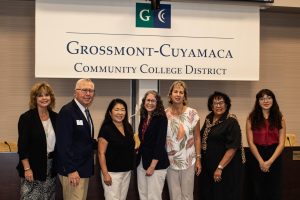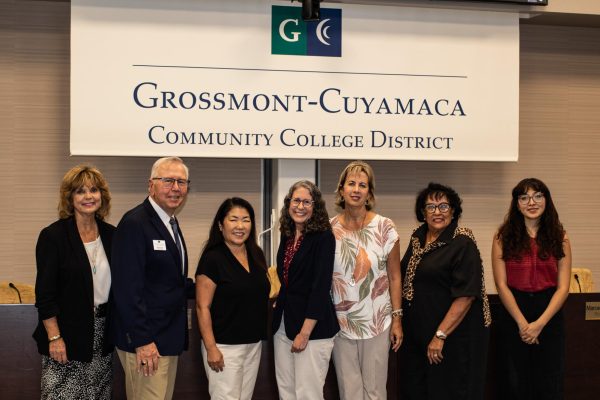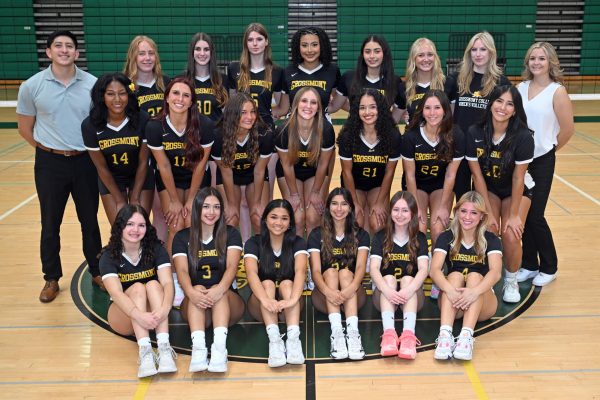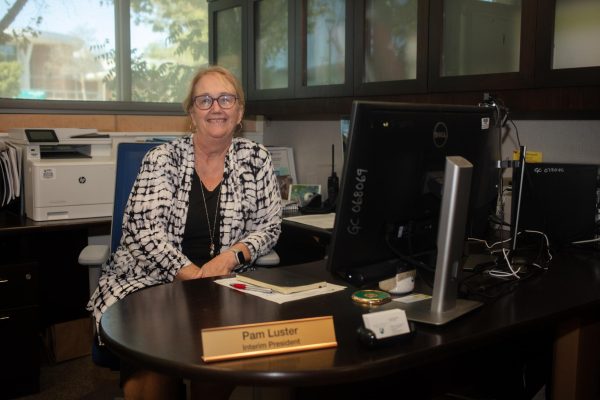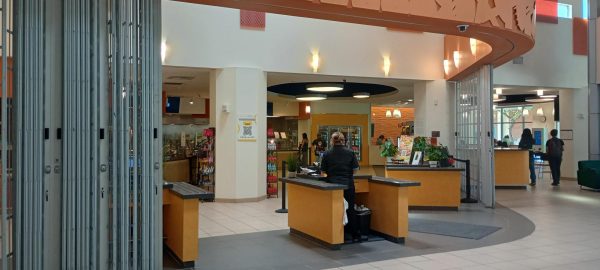ASL At Home
The ASL faculty share their feelings about online teaching and not having classes in person.
March 12, 2022
Wearing face masks became a common practice over the past couple of years due to COVID-19. However, face masks create a considerable obstacle for those who rely on American Sign Language to communicate. Masks hinder the communication of ASL by blocking the facial expressions of users.
Since Grossmont requires masks in a classroom setting, the ASL program continues to only have classes online, despite the campus opening back up.
Facial expressions are an important part of ASL, said Jamie Gould Shatwell, ASL instructor and department chair.
Shatwell, who has been teaching ASL for 13 years, said it’s tough to communicate with students wearing masks. It’s difficult for ASL users to understand one another because a lot of communication comes from the face, not just the hands.
ASL Instructor Shannon Engelhart said learning ASL becomes more complicated for new students trying to learn the language. She said that new students have to adjust from audible learning to visual learning, and wearing masks makes that transition harder.
Jennifer Carmean, another ASL instructor, added that it’s difficult to assess students to see if they’re using the correct grammar when they have a mask on.
The ASL program has been teaching online since 2016, so adjusting to an online environment isn’t a problem for the department. The issue comes from the lack of human interaction and connection that one would get when using ASL in person.
Carmean said she’s felt disconnected from the faculty due to working online, and Shatwell also values in-person connections.
“It doesn’t matter if it’s an A or D student, to just check in with them to have some human contact,” Shatwell said. “It’s not always about class, school and grades. Sometimes I just want to make a successful connection or check on the situation.”
Shatwell said there were pros and cons to working at home. On the one hand, she said she enjoys the peace of working at home and can take a break to play with her pets before getting back to work. On the other hand, she said she can get burnt out from looking at a screen for long periods.
Another issue plaguing the ASL program is the lack of accommodation for the students who work better in a classroom setting.
When talking about online teaching, Engelhart said, “It’s an option that’s available for the students, to their preference.”
She noted students vary with their learning style and some work better in an in-person setting, while others work better in an online environment. With the ASL program staying online exclusively, the option to learn in person is taken away from students who could benefit from learning in a classroom environment.
Engelhart, however, still has high thoughts towards online teaching. When referring to teaching ASL online, she said, “I see more advantages.”
Engelhart has been teaching ASL online since 2015 and uses prerecorded lectures for her students. Those students then send videos of them using ASL back to be graded.
Engelhart called video lessons the “perfect medium” for teaching ASL because students can rewatch them and go at their own pace, rather than only seeing the lecture once in person.
With in-person classes, Engelhart said she can miss out on giving feedback to students because she can’t get to all of them at once.
However, providing feedback to every student isn’t a problem with online classes. Engelhart said she could give specific attention to each individual with video submissions online and post timestamps with feedback.
Despite this, the ASL staff prioritizes the health and safety of everyone. “As a department, we will continue remotely until masks are no longer required,” Shatwell said.
So, it seems like the ASL program will stay off campus until further notice for the time being.
This article originally appeared in the March 2022 print issue of The Summit. A quotation from Shatwell was later updated to clarify the importance of facial expressions in ASL.




